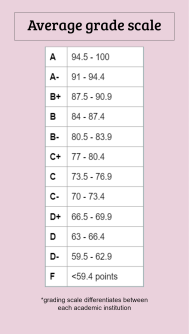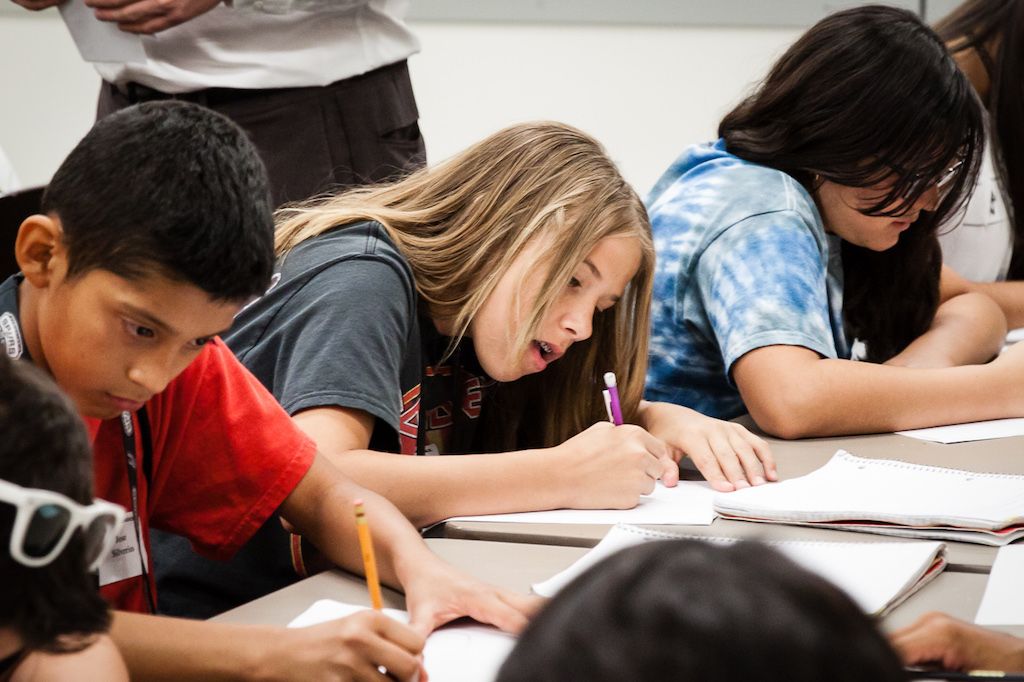The public education system has been in place for centuries with little to no change to its format, testing requirements or curriculum. Meanwhile, the constantly evolving workplace adapts to new and improved ideas, as industries crave creativity and innovation among workers.
“Nobody has ever been taught to think outside the box, and this is the trend we’ve all seen since very early education where it’s always been drilled into our minds,” Logan Deconti, exercise science major, said.
Deconti, looking back on his experience of his school days over the years, realizes just how little the public education system prepared him for success in college and life. This is only one example of how many students at Cabrini and universities across the nation feel.
“Education before college, in general, teaches to be more so followers than productive leaders when you really look at it, and that’s when students at this stage really get caught off guard,” Deconti said. “To sit still, follow directions, complete homework within a specific time frame and react off the bell.”
From receiving grades on a numbered scale to being obliged to take standardized testing, there’s a shifted focus away from practical experience.

Essential data found in 2019 surveys published by the Ewing Marion Kauffman Foundation in Kansas City, Missouri, consisted of over 2,000 participants that reported “most adults—59 percent of those surveyed—said they can’t connect what they learned in high school to their current jobs,” and that “74 percent of students think they’ll have a job in 20 years that hasn’t even been invented yet.”
“Overwhelmingly, students, parents and employers surveyed thought high schoolers would be better off learning how to file their taxes than learning about the Pythagorean theorem. At least 82 percent of parents, students and employers thought schools should focus more on the 1040-EZ form than on that fundamental concept in geometry.”
Differing from the structure of the education system that has been in place since the 17th century, the job market is constantly evolving and diversifying which requires different levels of critical thinking, as also entrepreneurial thinking is something more and more students are leaning towards.
Traditional curriculum and simplistic ways of teaching may prove to be outdated with how young minds have always been taught with a critical emphasis on memorization and repetition.
If you struggle with your academics and prove to be different in terms of success in the classroom across these required subject matters, being labeled a failure and feeling lost in the world is where many students lose their motivation when in reality there are so many facets in life where a kid can eventually create their destiny.
Perspectives from educators

Sam Altieri, a substitute teacher at Norristown Area High School, is a firm believer that the education system needs to change.
“They have been teaching the same curriculum for over the last 30 years,” Altieri said.
Altieri mentioned the magnitude of change over time and how it doesn’t match with what’s going on in the world today. There’s a level of disconnection between the material being taught and the current students in this modern world.
“Minorities fill up a lot of my school and the education system has failed students by teaching them things that are directed towards a specific group of people… while not exactly telling everyone’s story,” Altieri said. “There needs to be more diversity that way everyone can connect to it in some aspect.”
This idea resonates the most with the subject of history and how the education system has been highly criticized in recent decades. It further shows that not every piece of significant history is accurately brought to the light.
Another disparity he pointed out is that they are requiring students to learn a set list of topics in which they simply don’t care all about or have any interest in gravitating towards when it comes to their passions that they have in mind for the future. “That’s the problem with today,” Altieri said.
Transitioning into the thoughts from Ms. Myers will give us more emphasis on ways to get the kids operating more creatively.
Ellie Myers, a 2nd-grade teacher at Green Woods Charter School, reflected that students aren’t taking in the information as it’s taught under the curriculum because they can’t grasp the concepts.
“I think that one of the flaws of the education system is that class sizes are too big, so students do not have enough individualized attention,” Myers said.
An effect of the lack of attention can lead to students “being off-task/not paying attention, messing around and distracting other students and gradually falling behind in class.” When these students, especially at a young age, start to fall behind, confidence and motivation suffer.
“With a 1:28 teacher-student ratio, students often feel neglected and struggle to keep up with the class,” Myers said.
When teaching effectively, students will have some take away from the lesson and this is highly dependent on how the information is presented. “If you just teach from the curriculum without implementing any type of unique activities, chances of students retaining the information are slim,” Myers said.
She’s used Play-doh to spell out words, counting with a song or dance, making it relatable by talking about Roblox and there’s been visible progress.
Instilling ways for students to give feedback as often as they take tests and having the schools communicate with students about ways that students love to learn seem more possible than many educators think, especially in middle and high school.
Reflecting on the need for change can improve many modern workforce challenges while decreasing the rate of dropouts in inner cities and in regions across the country in general.



